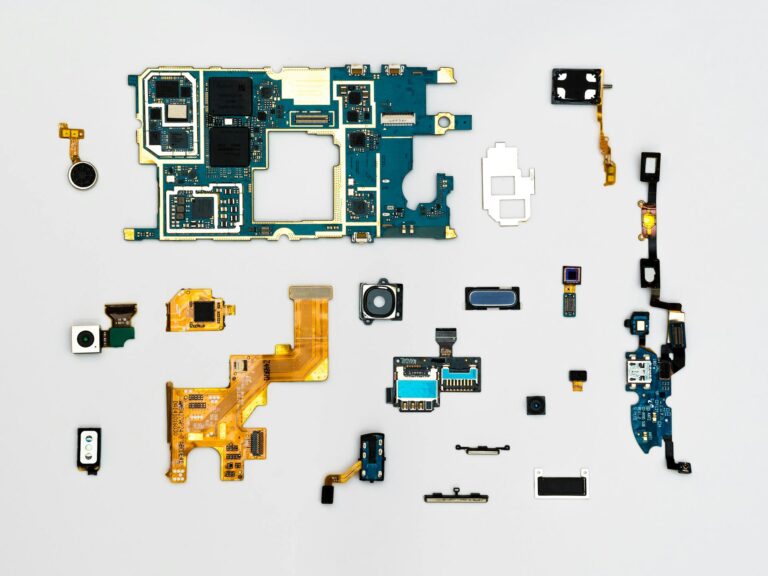With my paternity leave approaching, I knew I’d have plenty of time focused on family (and much less sleep), but I also wanted to keep my creativity and problem-solving skills sharp. So I started a side project: Fractured Choices, a text-based RPG that merges classic storytelling with modern AI-driven mechanics.
I’ve always loved traditional text adventures—games where choices matter, where your decisions carve out a unique path. But I wanted to push the concept further. Instead of static, pre-written narratives, what if every choice dynamically influenced the world in a way that felt truly alive? That’s where AI comes in.
Bringing the Game to Life
To build Fractured Choices, I combined Bubble (a no-code platform) for UI, user accounts, and database management with OpenAI to power the storytelling. The AI dynamically generates immersive narratives, making every playthrough feel fresh.
I started simple:
- A branching RPG where every choice has real consequences
- AI-driven responses that shape the world based on user decisions
- A deep, evolving narrative with no predetermined script
From there, I kept expanding:
- Turn-based combat to add strategy and challenge
- Character progression so players can level up and adapt
- AI-generated images to visually enhance the experience
Learning to Work with OpenAI’s API
Integrating OpenAI wasn’t as simple as plugging in an API key and calling it a day. Getting an AI assistant to act as a true game master required a lot of trial, research, and error.
Some of the biggest challenges I faced included:
- Prompt Engineering – Finding the right way to structure inputs so the AI generates coherent and engaging story elements.
- Memory & Context Retention – Ensuring the AI could recall past decisions, character progress, and world states to make each playthrough feel persistent.
- Response Speed & Efficiency – Optimizing API calls to balance depth of responses with real-time performance.
- Handling Edge Cases – Preventing the AI from generating responses that break immersion, conflict with previous decisions, or feel too random.
After experimenting with different techniques, I eventually connected an OpenAI Assistant designed to act as a dynamic storyteller, reacting to choices, describing environments, and even generating unique dialogue for NPCs. Getting all of this working required a mix of API testing, iterating on conversation flows, and debugging response inconsistencies—but seeing it come to life made it all worth it.
Iterating & Improving
Like any product, this game has evolved through iteration and feedback. Early testers helped me refine:
- Combat mechanics to balance difficulty and engagement
- Pacing to make sure players stay immersed
- Persistent game progression, allowing players to return and continue their journey
Next, I’m focusing on:
- Multiplayer elements to let players interact in a shared world
- New character classes with unique abilities
- Deeper worldbuilding to create a more immersive experience
Why This Matters
Building a game while on paternity leave isn’t just about fun—it’s about keeping my creative muscles active in a way that complements my work as a product manager. Game design requires the same iterative thinking, user feedback loops, and problem-solving that go into building great products. It’s a different medium, but the mindset is the same.
The game is constantly evolving, and I love seeing how players shape their own stories within it. If you’re into text-based RPGs where your choices actually matter, I’d love for you to check it out and share your thoughts! 🚀
Want to check it out? Visit fracturedchoices.com and start your adventure.
Until next time,
Nealey




